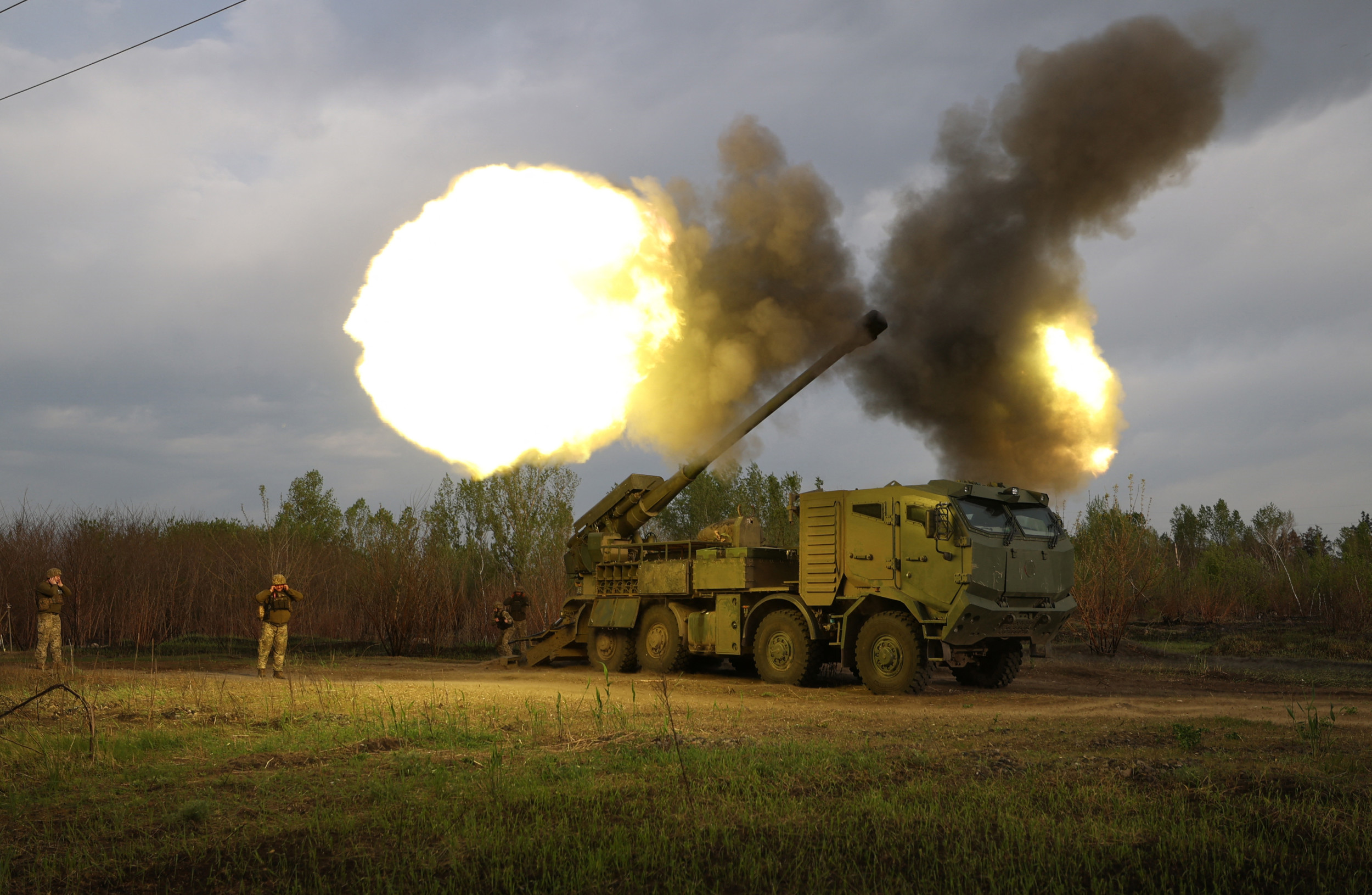Direct impact with flooding caused by Hurricane Idalia may lead to increased pathogens from different water systems that could result in the loss of limbs or even death, a University of Florida researcher told Newsweek.
The powerful storm made landfall Wednesday morning as a Category 3, heavily impacting Florida's Big Bend of coastal communities. Over 275,000 Floridians lost power while others have lost homes and lives, with rescue missions taking place since the storm was lowered to Category 1.
Antarpreet Jutla, an associate professor of environmental engineering at the University of Florida, has examined the variation of water levels following extreme weather events, primarily hurricanes, that trigger floods and inundation at local and regional water systems.
Following Hurricane Ian in September 2022, he and colleagues sampled the Fort Myers region—notably for the presence of, and citizens' exposure to, two pathogenic bacteria called Vibrio vulnificus and Vibrio parahaemolyticus. The impact of residents finding themselves in flooded areas that contain such pathogens can be drastic.

"They get this pathogen and then the mortality rates from these pathogens is pretty high, or people who get this infection end up losing limbs or arms or dying," Jutla said.
The joint study conducted with the University of Maryland examined impacts of climate change and a major uptick in Vibrio vulnificus cases in Florida between 1992 and 2022. Infections spiked after the Category 5 Ian made landfall last year, the most for that month in 30 years.
It resulted in severe infections in people primarily related to the consumption of contaminated seafood or exposure to water containing the pathogens. Eight people died in Lee County.
Young children, due to their immune response, and older adults with health conditions are more vulnerable to the pathogens.
"The knowledge of when these vibrios will be impacting populations is quite timely, and that's when we started to do water samplings," Jutla said. "And to our surprise, we found a pretty good hit rate for detection of both Vibrio vulnificus and Vibrio parahaemolyticus in all of our samples even after the hurricane subsided.
"What we found was that a condition of warm temperatures and presence of heavy plankton promotes the growth of these embryos, and the same conditions are likely going to be true for this region [affected by Idalia]. So, we will be expecting to detect these pathogens in the water systems."
Due to the expectation of a massive inundation of freshwater and clearwater systems combining, Jutla encourages those who can avoid floodwater to do so—especially those with cuts and scrapes. Others should seek medical attention for clarity.
Another study co-authored by Jutla released this month pertaining to the potential for cross-contamination of water bodies with pathogens in coastal agricultural regions—in association with past Hurricanes Michael and Florence—is "indicative of the comprehensive need for development of pathogenic libraries along the entire US coastal regions."
Jutla said that infection from this specific bacteria can lead to high mortality rates and was discovered a month after Ian.
By using satellite technology to track plankton, researchers' current understanding is that there are abundant nutrients available for the survival of Vibrio vulnificus.
Another major and unexpected issue that is quite concerning, he noted, is the rise in antimicrobial resistance genes (AMR) in those pathogens. AMR presence alludes to the likely decrease of the effectiveness of available antibiotics that traditionally minimize or eliminate infections in the human population.
"These are not infectious pathogens but impacts economic and social fabric of communities," he said. "AMR is likely going to be the major threat to coastal communities, and we are still in [the] very preliminary stages to understand how variability [changes] in the climate and weather patterns will impact the spread of AMRs in human populations and how coastal communities are going to be coping with these situations."
Other infectious bacteria, like salmonella, has been discovered from past hurricane sampling.
"The point here is that the pathogens are going to be there," Jutla said. "Pathogens are going to be in the water system, but at this point, it is more likely that they will be infectious than not infectious.
"The idea of how the antimicrobial resistance genes are going to be present—they may be transmitted more aggressively during flood events, that is something of a concern and we have no idea how that will happen."
Jutla and researchers plan to sample for weeks or months following Idalia.
Uncommon Knowledge
Newsweek is committed to challenging conventional wisdom and finding connections in the search for common ground.
Newsweek is committed to challenging conventional wisdom and finding connections in the search for common ground.
About the writer
Nick Mordowanec is a Newsweek reporter based in Michigan. His focus is reporting on Ukraine and Russia, along with social ... Read more
To read how Newsweek uses AI as a newsroom tool, Click here.






